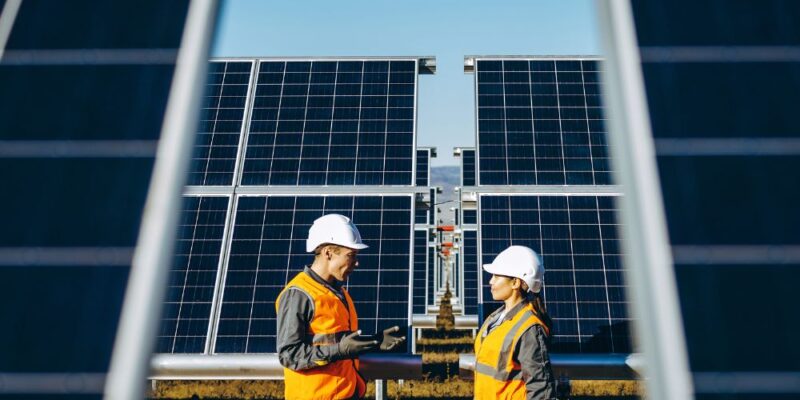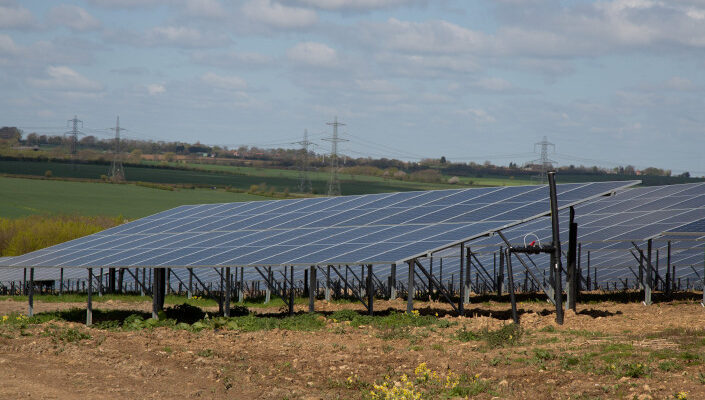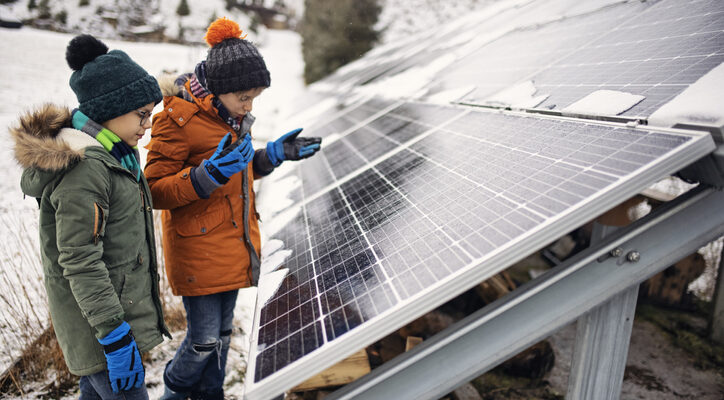In an age where sustainability is paramount, businesses around the world are increasingly turning to solar energy to power their operations, but behind the gleaming panels and eco-friendly facade lies a complex process—a journey from conception to completion that requires careful planning, coordination, and execution. Let’s embark on a journey through the timeline of a commercial solar project, unraveling each step along the way.
Initial Assessment and Planning: The journey begins with an initial assessment of the site’s feasibility for solar installation. Factors such as location, orientation, shading, and structural integrity are evaluated to determine the project’s viability. During this phase, stakeholders collaborate to establish project goals, budget constraints, and timelines.
Design and Engineering: Once the feasibility study is complete, the project moves into the design and engineering phase. Here, solar experts work closely with architects, engineers, and designers to develop a customized solar solution tailored to the site’s specific needs. Detailed plans are drawn up, taking into account factors like panel placement, wiring, inverters, and mounting systems.
Permitting and Approvals: With the design finalized, the project enters the permitting and approvals stage. This involves obtaining the necessary permits, licenses, and regulatory approvals from local authorities, utility companies, and relevant agencies. Environmental assessments, zoning approvals, and interconnection agreements may also be required, adding complexity to the process.
Procurement: As permits are secured, attention turns to procurement. Suppliers are selected, and equipment is procured, including solar panels, inverters, racking systems, and electrical components
Installation and Construction: With all the pieces in place, it’s time to roll up your sleeves and get to work. Skilled technicians and construction crews descend upon the site, installing solar panels, mounting structures, wiring, and other components according to the approved design. Safety protocols are followed rigorously, and quality assurance measures are implemented to ensure the system meets industry standards.
Testing and Commissioning: As installation nears completion, the system undergoes rigorous testing and commissioning to ensure optimal performance and safety. Electrical connections are tested, inverters are synchronized, and performance metrics are calibrated. Once all systems are go, the project is ready to be connected to the grid and begin generating clean, renewable energy.
Monitoring and Maintenance (Ongoing): With the solar system up and running, the journey is far from over. Continuous monitoring and maintenance are essential to ensure the system operates efficiently and reliably over its lifespan. Performance data is collected, analyzed, and optimized to maximize energy production and ROI. Routine inspections, cleaning, and repairs are conducted as needed to keep the system in peak condition.
From conception to completion, the timeline of a commercial solar project is a testament to the power of collaboration, innovation, and perseverance. As businesses embrace the transition to renewable energy, navigating this journey with diligence and foresight will pave the way toward a brighter, more sustainable future for all.










